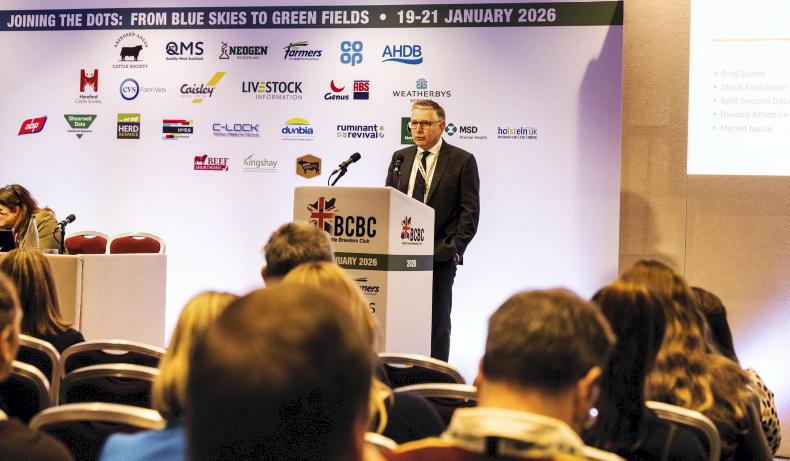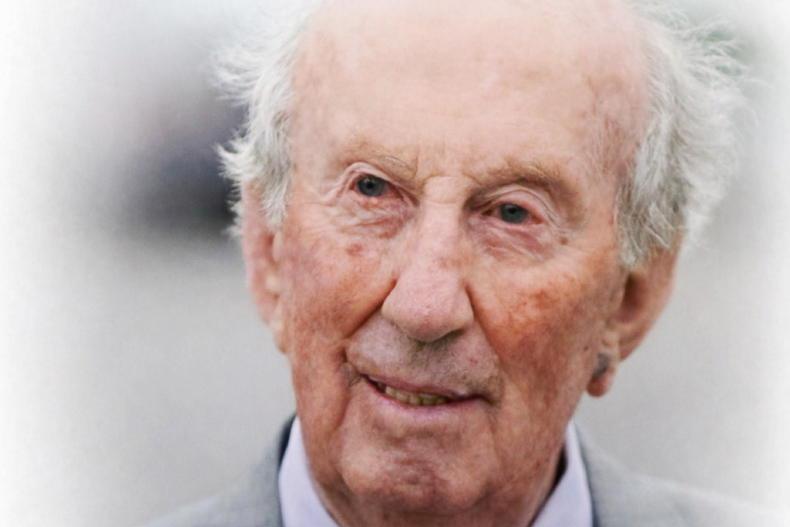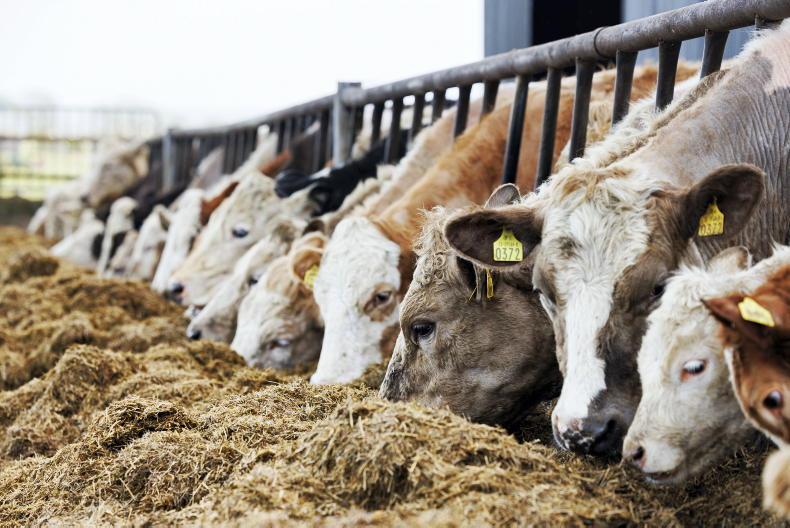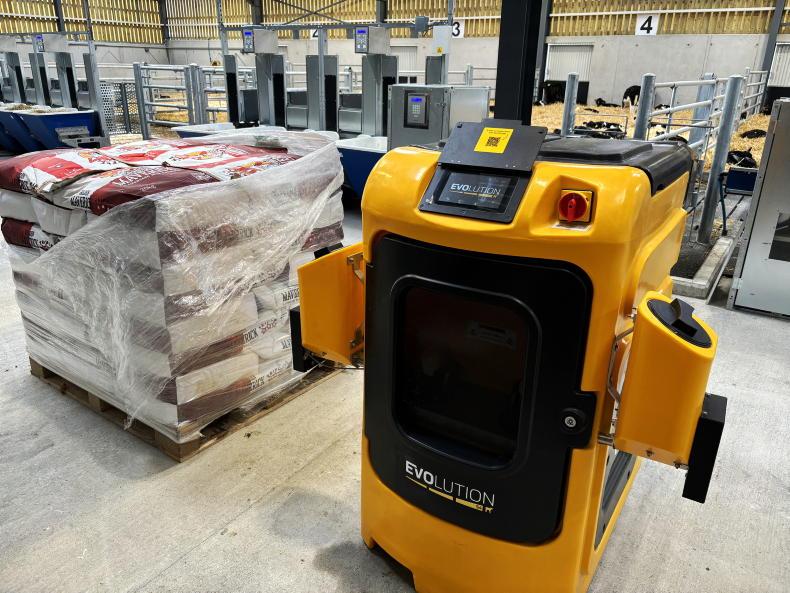An increased number of dairy farmers appeared to opt for fixed-timed AI synchronisation programmes in 2023.
The advantages are obvious; all the heifers come bulling the one day and no heat detection aids are required or no time spent watching heifers for signs of heat.
It’s particularly attractive for farmers who have heifers on outside blocks.
However, I remember having numerous discussions with farmers and discussion groups last autumn about the breeding season just gone and the general theme was that there is big variability in conception rate to first service on heifers after fixed-time AI.
Anecdotally, the range in conception rate is anywhere from 40% to 70% and the poor conception rates are not just confined to herds using sexed semen, but conventional semen also.
It’s a common problem, according to Teagasc researcher Stephen Butler.
“I’m aware of the variation between herds, and this is something we regularly see.
“It is important to note that heifers must be at target weight and should be cycling regularly now to achieve good conception rates at the start of the breeding season, regardless of being inseminated at observed heat or timed AI,” he says.
“Timed AI is only a tool to ramp up submission, and will not compensate for problems such as inadequate weight and failing to have reached puberty or only having just reached puberty at mating start date.
“Also, compliance with the protocol is critical. Administering the incorrect injection on a specific day can diminish or wipe out the likelihood of pregnancy,” the researcher says.
Target weight
The target weight for heifers at mating is to be at 60% of their mature liveweight. The mature liveweight is considered to be cows in third, fourth or fifth lactation during mid-summer. This is usually higher than the herd average. If the mature weight is 580kg, then the heifers should be 348kg at mating. Heifers that aren’t cycling or are well below target weight shouldn’t be put on a synchronisation programme as it is unlikely to result in a pregnancy but the higher costs are incurred.
With the delayed turnout to grass this spring, it is likely that more heifers will be under target weight than normal.
Heifers should be weighed and, ideally, should be monitored for signs of heat to get the best outcome out of the investment in fixed-time AI. This may mean tail painting heifers once or twice a week and only topping up those with paint remaining. The heifers with paint remaining at the start of the fixed-time AI programme and those that are under target weight shouldn’t be synchronised.
The Teagasc recommended protocol for fixed-time AI with heifers is outlined in Figure 1.
It’s extremely important to stick exactly to the protocol. GnRH refers to gonadotrophin releasing hormone such as Receptal, Ovarelin, Acegon, etc. PG refers to prostaglandin injection such as Estrumate, Lutalyse, Enzaprost, etc, while the P4D is the progesterone device commonly known as CIDR or PRID.










SHARING OPTIONS